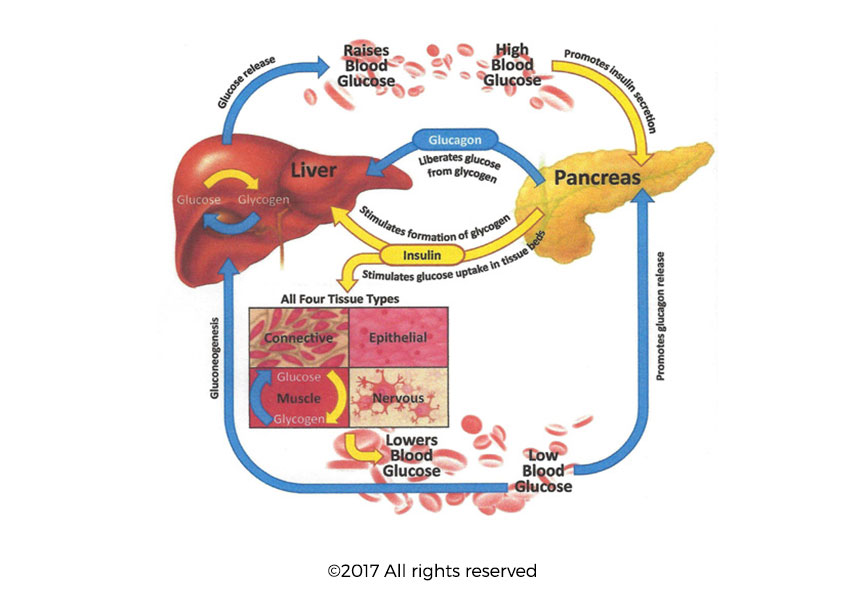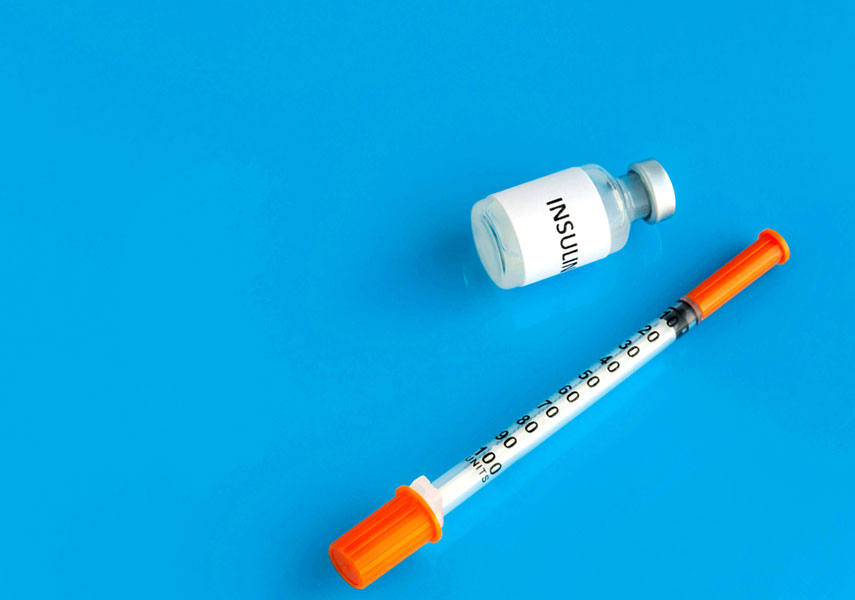
May 29, 2018 | Everyday Wellness
A study performed at The University of Eastern Finland, and published in the American Journal of Clinical Nutrition, studied the diets of men aged 42 to 60, and followed them for 20 years on average to find out if they developed Diabetes. The study concluded that people who ate an average of 4 eggs per week had a 37% lower risk of developing type 2 Diabetes than people who only ate 1 egg per week.

May 29, 2018 | Everyday Wellness
Sayer Ji, founder of www.greenmedinfo.com, extols the benefits of walnuts, because they benefit your heart, brain, bones and more. Here are his 12 reasons to eat more, all of which are backed by scientific, published studies.

May 29, 2018 | Everyday Wellness
Polyphenols are potent phytochemicals we can get from plants, and their antioxidant and anti-inflammatory protections work at the cellular level, meaning that they fortify every cell in our bodies! The next question becomes, “Where can I get some?” Look for bright- and dark-colored foods, such as grapes, berries, exotic spices, and also in red wine, coffee, and even dark chocolate! They are also abundant in certain tree fruits, like olives and pomegranates. A 2009 study* found that “Long-term consumption of diets rich in plant polyphenols offer protection against development of cancers, cardiovascular disease, diabetes, osteoporosis, and neurodegenerative diseases.” Polyphenols have been widely studied in recent years.

Jul 18, 2017 | Everyday Wellness, Recipes for Relief
Magnesium is an essential mineral. It assists with muscle and nerve function, supports the immune system, regulates heart rhythm, and keeps bones strong. Americans consume the highest amount of calcium but maintain the highest amount of osteoporosis. Why? It’s because calcium is not fully absorbed without magnesium. We all suffer from too little magnesium! Magnesium is an essential mineral. It assists with muscle and nerve function, supports the immune system, regulates heart rhythm, and keeps bones strong. Ongoing studies are evaluating magnesium’s role in preventing and managing hypertension, diabetes, and heart disease. Studies have found that 68% of us don’t get even the recommended daily intake of magnesium, and about 80% of Americans are deficient. Dr. Russell Blaylock, a board-certified neurosurgeon who used magnesium extensively for brain injuries, recommends 1,000 mg of magnesium a day, yet the RDI is only 400 mg, and bioavailability is the key. Dr. Blaylock tells…

Jul 18, 2017 | Everyday Wellness
We are so happy to be able to help diabetics to get their lives back! Our patients continue to furnish testimonials to the benefits—from increased energy to diminished neuropathy to reducing medications to avoiding dialysis and amputations! We believe this may be part of the reason our patented process gets those good results. What’s wrong in the body? In patients with metabolic disorder, the pancreas has become dysfunctional and is not producing the proper hormone signals in the way that the liver is expecting to read them. Based on the signal loss, the liver then down-regulates, waiting to receive the signals. This down-regulation is manifested by a lack release of enzymes and micronutrients that the cells desperately need for proper restoration. When the liver doesn’t properly feed the cells, they do not repair. Thus begins the downward-spiral of symptoms and the barrage of medications to the “rescue.” Against this backdrop,…

Jul 18, 2017 | Everyday Wellness
Insulin enters the bloodstream faster from some areas of the body than from others, and experts now tell us that WHERE you take your shot can affect your blood sugar levels. Generally, insulin enters the blood: Fastest from the abdomen (stomach area) Slower from the arms More slowly from the legs Slowest from the buttocks. Exercising speeds up the amount of time it takes insulin to enter your blood, so your injection site will depend on how quickly or slowly you prefer. For example, if you plan to eat right after taking your shot (in a hurry,etc.), you want to use a site on your stomach. Then the insulin is available faster to handle the after-meal rise in your blood sugar. If you will be exercising, you won’t want to take your shot in your leg or arm, because exercising those areas quickens the amount of time for the insulin…
Page 6 of 12« First«...45678...»Last »






